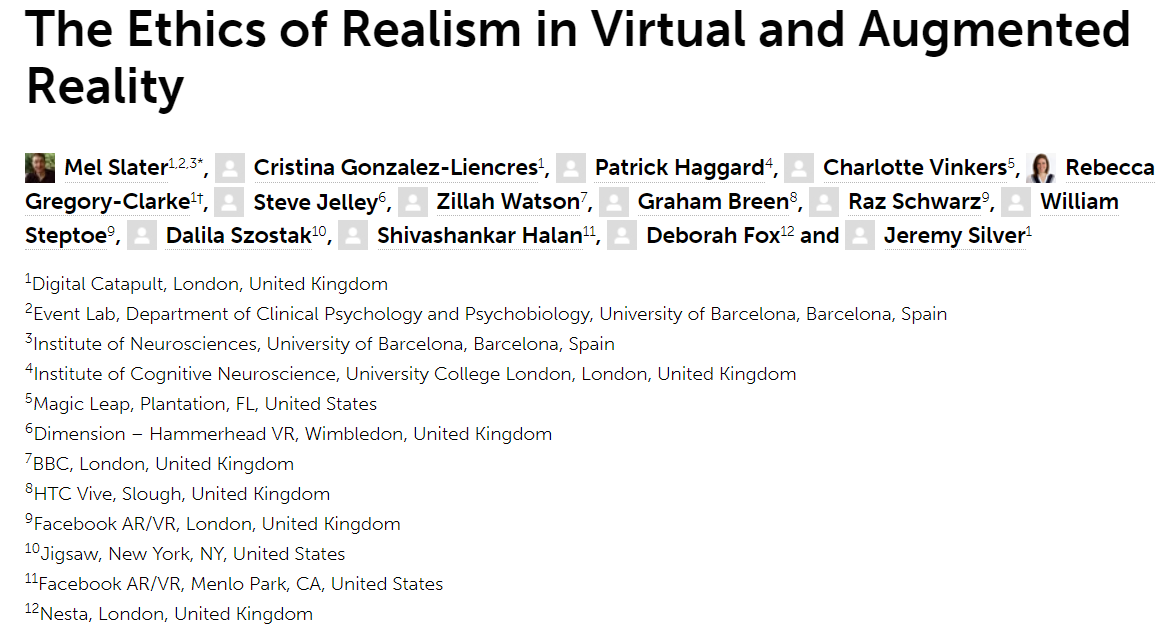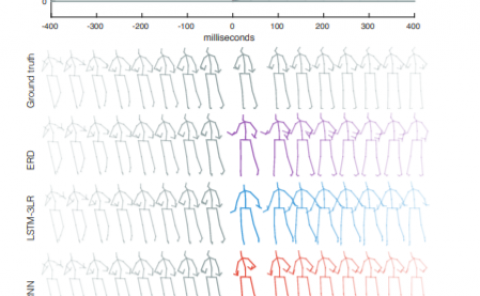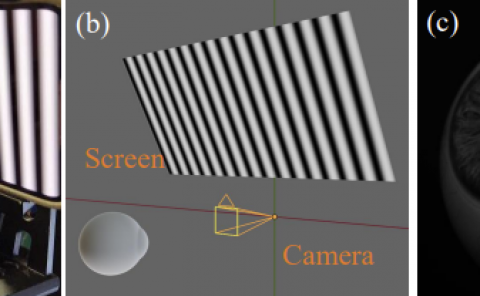The Ethics of Realism in Virtual and Augmented Reality
Title: The Ethics of Realism in Virtual and Augmented Reality
Teams: UNIVERSITY OF BARCELONA、BBC R&D、Digital Catapult、Facebook London、NESTA\Microsoft Research、University College London
Writers: Mel Slater, Cristina Gonzalez-Liencres, Patrick Haggard, Charlotte Vinkers, Rebecca Gregory-Clarke, Steve Jelley6, Zillah Watson, Graham Breen, Raz Schwarz, William Steptoe, Dalila Szostak, Shivashankar Halan, Deborah Fox,Jeremy Silver
Publication date: March 2020
Abstract
The development of increasingly realistic virtual worlds allows for advancements in XR technology to be used in training, education, psychotherapy, physical and mental rehabilitation, marketing, entertainment, and for further applications in research. The benefits of superrealism are clear: realistic virtual scenarios can make XR applications more efficacious. For example, aviators can be better trained because the virtual simulation in which they operate is more accurate and closer to reality; exposure therapy in which a patient is presented with a realistic virtual version of the agent they are afraid of (for example, a spider) may be more efficient if the agent seems real, and so on. As occurs with most things in the world, with benefits come potential misuse, abuse or neglect, all of which bring about ethical concerns.
We started with a version of the golden rule: “That which is hateful to you, do not do to your fellow. That is the whole law; the rest is the explanation; go and learn it.” This is not at all about “empathy,” but very practical guidance. When we construct experiences for others, we need to think about whether we would want to have this experience—without prior warning, education, training, and assured compliance with a generally agreed and debated code of conduct. The challenge now is for researchers, content creators, and distributors of XR systems to determine what should be within this code of conduct.



